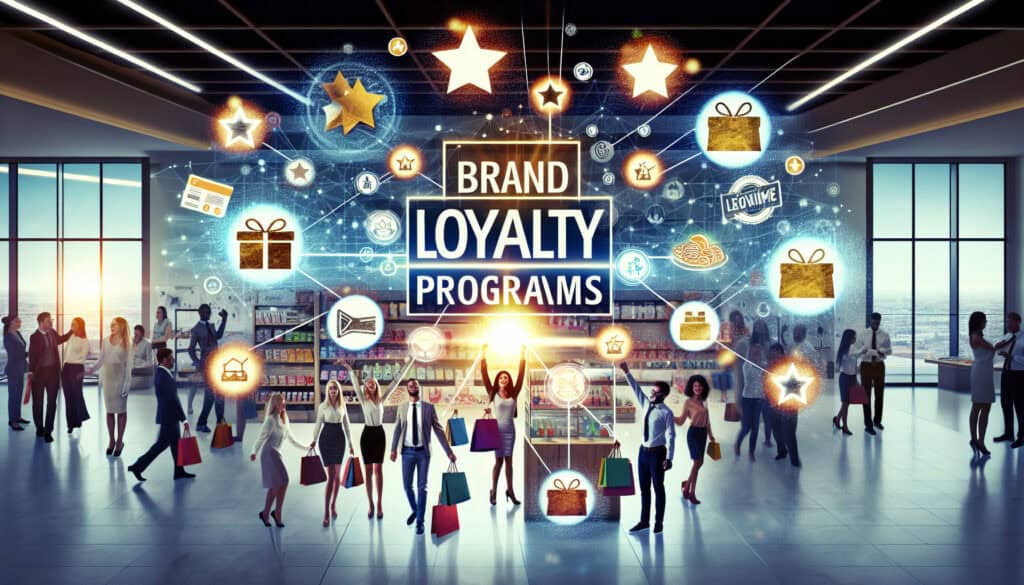营销 programs designed to reward and therefore retain a company’s customers.
- 方法: 客户与营销, 经济学, 精益西格玛, 制造业, 项目管理, 质量
Brand Loyalty Programs

Brand Loyalty Programs
- 品牌定位, 品牌战略, 客户体验, 客户旅程制图, 营销, 营销策略, 产品差异化, 产品管理, 价值主张
目标
如何使用
- These programs offer customers incentives such as points, discounts, exclusive access, or other perks for making repeat purchases, thereby encouraging continued business.
优点
- Increases customer retention and lifetime value, encourages repeat purchases, and provides valuable data on customer behavior.
缺点
- Can be expensive to operate and maintain, may attract customers focused on discounts rather than genuine brand loyalty, and can be easily imitated by competitors.
类别
- 客户与营销
最适合:
- Encouraging repeat business and increasing customer lifetime value in competitive retail or service environments.
Brand loyalty programs are widely implemented in industries such as retail, hospitality, and e-commerce, where repeat purchases significantly impact profitability. These programs typically involve phases that begin during the customer onboarding process, where businesses create awareness about the benefits of joining the loyalty initiative. Participants include marketing teams, customer service representatives, and data analysts who collaborate to design and promote the program, ensuring it meets customer needs while aligning with business objectives. Effective loyalty programs often rely on technology platforms to track customer transactions and behavior, enabling businesses to personalize offers and promotions, thereby enhancing engagement. Applications can involve tiered rewards systems, where customers unlock greater benefits based on their spending levels, or birthday discounts that provide a personal touch, making customers feel valued. Additionally, brands can utilize insights gathered from loyalty programs to refine their product offerings and marketing strategies, as they obtain a deeper understanding of purchasing patterns and preferences. Establishing partnerships with other businesses can also extend the benefits of loyalty programs, giving customers access to a wider range of rewards and adding value to their overall experience. With an increasing focus on customer experience, companies that effectively execute loyalty programs can differentiate themselves in competitive markets and build a strong community around their brand.
该方法的关键步骤
- Define the target audience for the loyalty program based on purchasing behavior.
- Select incentives that align with customer preferences and business objectives.
- Design a tiered reward structure to motivate increased spending and engagement.
- Implement a user-friendly system for tracking points and rewards.
- Integrate the loyalty program across all customer touchpoints for consistency.
- Launch marketing campaigns to promote the program and educate customers.
- Monitor customer engagement and adjust the program based on feedback and performance.
- Utilize segmentation to personalize rewards and communications for different customer groups.
- Periodically refresh incentives to maintain interest and relevance in the program.
- Assess the impact of the program on sales and customer retention regularly.
专业提示
- Utilize advanced data analytics to segment customer behavior and optimize reward structures tailored to different purchasing habits.
- Create tiered loyalty programs that unlock greater rewards based on customer engagement levels, incentivizing increased spending and frequency of purchases.
- Integrate loyalty programs seamlessly with digital platforms to enhance user experience and encourage participation through gamification and social sharing features.
历史背景
1960
1980
1983
1990
1995
2000
2010
1950
1980
1980
1986
1994
1995
2000
(如果日期不详或不相关,例如 "流体力学",则对其显著出现的时间作了四舍五入的估计)。














相关文章
肌肉骨骼不适调查表
多变量测试(MVT)
多元回归分析
动作捕捉系统
MoSCoW 方法
情绪中值测试